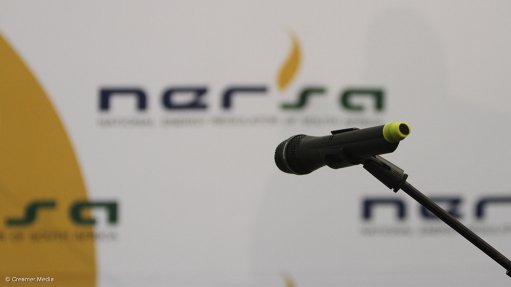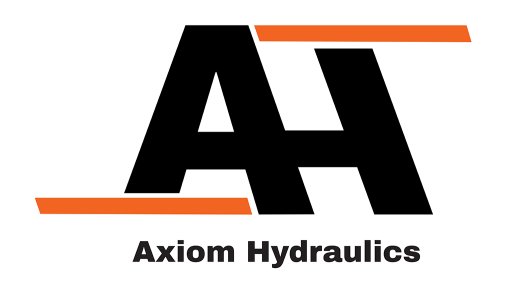South Africa's IRP2010 blueprint is outdated
Since the first Integrated Resource Plan (IRP) was drafted in 2010, the world has changed: Fukushima happened, more gas has been confirmed off the east coast of Africa, Germany has decided to stop its nuclear programme, renewables prices have come down and South Africa has just concluded, very successfully, two rounds of independent power producers for a mix of renewables.
This is now to be extended to other nonrenewable sources. These are not insignificant developments as will be shown later.
Both local and international developments mark new signposts that have significant implications for how we think about the next IRP. As is the case with any plan, sticking to old facts when faced with new ones would be foolhardy, if not costly to the economy and taxpayers. The IRP, though, is legally important: it is the only basis on which a Ministerial determination for new power plants can be enacted.
Examination of this new evidence was at the core of five days of deliberations at a Stellenbosch Institute for Advanced Studies (STIAS) forum from March 4 to 8. The participants were experts from South Africa and overseas and looked at the IRP with fresh eyes to try to make sense of new evidence.
The expected future demand for electricity will have to be revisited. Flat economic growth and the impacts of higher electricity prices have kept demand for electricity stable. One of the challenging aspects of energy planning is predicting future demand. Plans are always fraught with assumptions and are only good if one has control over how destiny evolves.
But predicting the future is an imperfect science. Building large and ‘financially bulky’ power plants like nuclear power stations and more coal-fired power stations could trap us in unnecessary spend, potential overcapacity and long-term debt obligations.
If future demand cannot be anticipated and we took out the options of bulky infrastructure investments, what might be more suitable options to plug the demand gap?
For the immediate future, the STIAS group said regional gas options, including accessing liquefied natural gas, deserved serious consideration. Shale gas options are far too long away to even be considered a contending option, let alone the environmental impacts of shale gas.
The urgent need to develop a national gas strategy would clarify the extent to which gas becomes a cost-effective option for South Africa. While global gas fuel costs may be cheap, building infrastructure to support a gas energy carrier system needs to be better understood because gas infrastructure is capital intensive.
Renewables growth is increasingly silencing critics: trends in Japan, Germany, China, the US and South Korea are likely to bring prices further down for wind and photovoltaic (PV). South Africa’s bidding process demonstrated significant price differences between Round 1 and Round 2 – with PV prices coming down by 40% and wind prices by 20%. It is likely that more fat can be eliminated through further bid rounds.
Presentations on developments on the nuclear front from a financial point of view and experiences relating to installed capacity elsewhere show the latest costs per kilowatt hour for nuclear to be increasing more and more. Nonetheless, renewables’ total installed capacity globally is already exceeding nuclear build.
International trends also show that private vendors are increasingly becoming reluctant investors into nuclear power unless governments step in with substantial capital, insurance and guarantees of their own. In the light of this, it is quite perplexing that South Africa still wishes to go ahead with its planned fleet of 9 GW of nuclear. Chances of cost overruns, delays and long-term debt obligations seem to be inevitable.
The STIAS group put forward useful ways of thinking about the new IRP. Three key points emerged:
• The world is moving to more diverse energy sources, with decarbonisation principles as an important feature of energy planning and low-carbon solutions becoming an important consideration for energy planning.
• Modularity and flexibility of supply will gain prominence as the use of gas and renewables increases because the infrastructure for such energy sources can be built faster and with lower bulk capital risks.
• Models of central supply stand the danger of being old hat as self-supply or autonomous power becomes more and more feasible, with new technological breakthroughs more than likely in the next decade – modular and microenergy systems will bring these energy solutions closer to residential parity.
The STIAS group’s discussions concluded with the view that South Africa should not rush into building ever-larger capital-intensive power plant infrastructure. This has long lead times, construction delay risks and can lead to oversupply.
A new electricity plan should have more flexible generation – including opening up opportunities for self- generation – that allows for the ramping up of new installations of modular power generation as demand grows.
This is better than making expensive long-term commitments to assets that lock us into an electricity generation pathway that is costly and stands to place an unnecessary burden on consumers owing to poor judgment and inefficiency.
Article Enquiry
Email Article
Save Article
Feedback
To advertise email advertising@creamermedia.co.za or click here
Comments
Press Office
Announcements
What's On
Subscribe to improve your user experience...
Option 1 (equivalent of R125 a month):
Receive a weekly copy of Creamer Media's Engineering News & Mining Weekly magazine
(print copy for those in South Africa and e-magazine for those outside of South Africa)
Receive daily email newsletters
Access to full search results
Access archive of magazine back copies
Access to Projects in Progress
Access to ONE Research Report of your choice in PDF format
Option 2 (equivalent of R375 a month):
All benefits from Option 1
PLUS
Access to Creamer Media's Research Channel Africa for ALL Research Reports, in PDF format, on various industrial and mining sectors
including Electricity; Water; Energy Transition; Hydrogen; Roads, Rail and Ports; Coal; Gold; Platinum; Battery Metals; etc.
Already a subscriber?
Forgotten your password?
Receive weekly copy of Creamer Media's Engineering News & Mining Weekly magazine (print copy for those in South Africa and e-magazine for those outside of South Africa)
➕
Recieve daily email newsletters
➕
Access to full search results
➕
Access archive of magazine back copies
➕
Access to Projects in Progress
➕
Access to ONE Research Report of your choice in PDF format
RESEARCH CHANNEL AFRICA
R4500 (equivalent of R375 a month)
SUBSCRIBEAll benefits from Option 1
➕
Access to Creamer Media's Research Channel Africa for ALL Research Reports on various industrial and mining sectors, in PDF format, including on:
Electricity
➕
Water
➕
Energy Transition
➕
Hydrogen
➕
Roads, Rail and Ports
➕
Coal
➕
Gold
➕
Platinum
➕
Battery Metals
➕
etc.
Receive all benefits from Option 1 or Option 2 delivered to numerous people at your company
➕
Multiple User names and Passwords for simultaneous log-ins
➕
Intranet integration access to all in your organisation

















